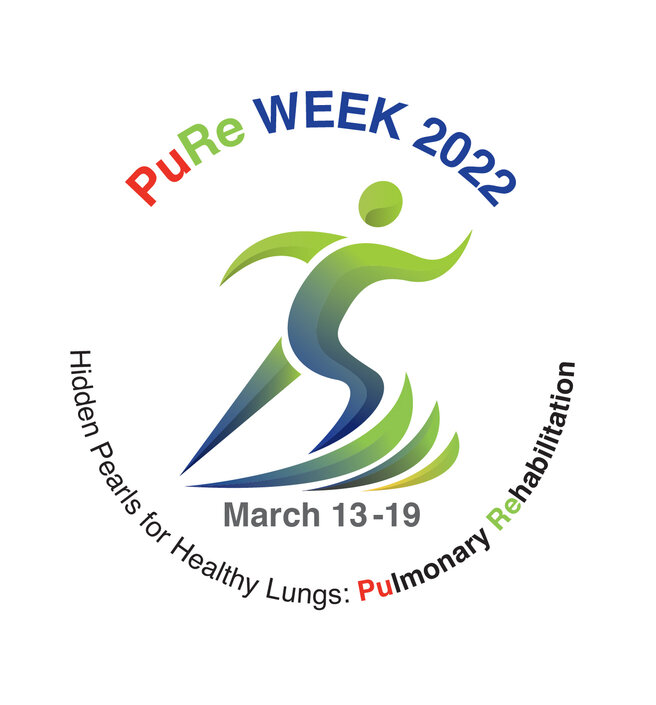Measure FeNO to prescribe lnhaled Corlicosteroids (lCS) appropriately
- Differentiation of types of airway inflammation is very important in the management of chronic respiratory illnesses like Asthma and COPD.
- Eosinophilic inflammation means lnhaled Corticosteroids (lCS) is mandatory in the management of asthma and COPD.
- Non-eosinophilic lnflammation means only bronchodilator is enough to control symptoms, ICS has little role.
What is FeNO breathing test?
- This is a simple, quantitative, noninvasive way to measure eosinophilic airways inflammatlon i,e. FeNO is a surrogate biomarker of eosinophilic inflammation.
Advantages of FeNO :
- Detects eosinophilic airway inflammation – justifies use of Inhaled Corticosteroids (ICS)
- It can determine likelihood of corticosteroid responsiveness also
- Can be used as a monitoring tool in ICS treated patients
lnterpretation of FeN0 (ATS Recommendation):
- Levels under 20 parls per billion (PPB) in children and under 25 parts per billion (PPB)in adults are considered normal
- Japanese Recommendation:
- FENO less than 22 ppb -Minimum eosinophilic inflammation and responsiveness to inhaled corticosteroids is less likely.
- FENO 22 ppb or more -indicate eosinophilic inflammation and is likely responsiveness to lnhaled corticosteroids
FeN0- in monitoring (ATS Recommendation):
- Significant increase in FENO:
> 20 % for values over 50 ppb or more than 10 ppb for values < 50>
- Significant response to anti-inflammatory therapy:
Fall at least 20% of FeNO for Values more than 50 ppb or fall at least 10 ppb for values lower than 50 ppb from one visit to the next.
S0, do FeN0 at random, if result is inconclusive or very low, should stop ICS. If patient is symptomatic or after 2 month recheck FeNO to find out relapse 0f eosinophilic inflammation.


